
This site contains tobacco images. Please leave now if you are under 18
 AGING: Completed cigars are put in rooms, usually cedar lined, under humified conditions. The cigars are permitted to rest, during which time the tobacco is given a chance to marry or blend. Cigars can continue to age in personal cigar humidors. If the cigars are looked after properly then they can continue to age up to ten years.
AGING: Completed cigars are put in rooms, usually cedar lined, under humified conditions. The cigars are permitted to rest, during which time the tobacco is given a chance to marry or blend. Cigars can continue to age in personal cigar humidors. If the cigars are looked after properly then they can continue to age up to ten years.
AMARILLO: The term used for a yellow leaf of Cigar wrapper
ANAP: Asociacion Nacional de Agricultores Pequenos, or National Association of Small Farmers, represented on the regulatory Council for the Protected Denomination of Origin (D.O.P) Habanos
ANILLA: The Cuban word for a Cigar band or ring (known in Spain as a 'vitola').
ACOPIO Y BENEFICIO: The Process of gathering and improving tobacco leaves after they are harvested up to the point when they are placed in bales to mature.
ARAPIRACA: A type of cigar tobacco grown in Brazil's north eatern coast. It creates a very dark oily leaf. One of the best known examples is the wrapper leaf on the C.A.O Brazilia Cigar. The seed variety is also being grown now in Ecuador.
AROMA: The fragrance of a cigar when lit.
APORQUE: Action of piling up earth around the tobacco plant in order to help the roots to grow.

BARAJITA: Literally 'a pack of cards'. The nickname given to the Blending Department in a factory because the process of assembling leaves for a blend resembles shuffling cards.
BONCHE: The cylindrical bunch formed when the filler leaves are wrapped in the binder leaf.
BELICOSO: A cigar with a small rounded head that flairs out in the shape of a pyramid, it's ring gauge can be up to 52.
BOQUILLA: The foot of the Cigar.
CAJUELA: See mini-rodero.
CAPA: The outside wrapper leaf of a habano.
CAPOTE: The binder leaf. Selected from the largest and finest volado leaves grown on the lower part of the plant.
CASA DE TABACO: Tobacco House or Curing Barn on a plantation where the leaf is cured and the fist fermentation of fillers and binders take place.
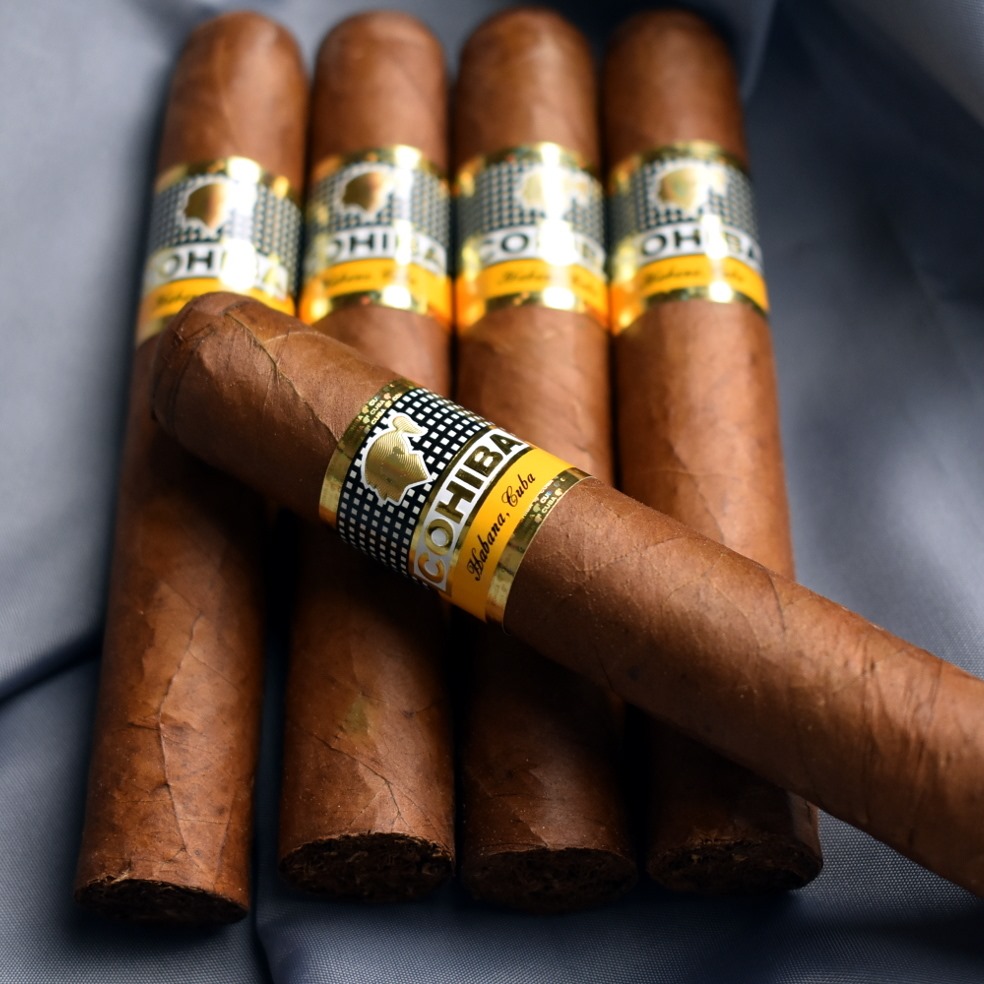 CASQUILLO: Literally a 'cartridge'. The cylindrical punch used to cut a small section from the wrapper to complete the cap.
CASQUILLO: Literally a 'cartridge'. The cylindrical punch used to cut a small section from the wrapper to complete the cap.
CATADORES: The tasters who daily test cigars at the factories.
CEDROS: Cedars used to wrap cigars and as dividers between rows in boxes.
CEPO: The template used to check the ring gauge and length of a finished cigar.
CHAVETA: The semi-circular blade used by the torcedores to cut tobacco leaves in the factory.
CHURCHILL: A long straight cigar averaging 7 inches in length and a 48 ring gauge. Churchill cigars can vary in size from 6 3/4" to 7 3/4" in length and a 45 to 48 cigar ring size.
CLARO: The description of a light brown coloured wrapper on a finished cigar.
COHIBA: The Carribean Taino Indian word of cigar. Cohiba is the name of Cuba's most famous cigar brand. Originally this brand was made exclusively for Fidel Castro. The Cohiba cigar also goes through 3 stages of fermentation as opposed to two.
COLORADO: The description of a dark brown wrapper on a finished cigar. Also Colorado Claro (mid brown) and Colorado Maduro (darker brown).
COMISIÓN NACIONAL DE DEGUSTACIÓN: Tasting National Commission; body composed by the best Cuban tasters which is part of the Tobacco Research Institute. With the Regulatory Council it coordinates the guidelines for quality, the consistency of blends for the brands and tobacco varieties.
CONSEJO REGULADOR DE LA DENOMINACION DE ORIGEN PROTEGIDA (D.O.P) HABANOS: The Regulatory Council for the Protected Denomination of Origin (D.O.P) for Habonas and other Cuban tobacco denominations is the body that unifies all the organisations in Cuba that have the responsibility for the standards of production applied throughout the tobacco industry from the farms to the finished boxes. It comprises the following organisations: Tabacuba, Asociacion Nacional de Agricultores Pequenos (ANAP), la Empresa de Acopio y Beneficio del Tabaco, el Instituto de Investigaciones del Tabaco Cubatabaco and Habanos s.a.
 CUJE: A pole over which the leaves sewn in pairs are hung in the casa de Tabaco.
CUJE: A pole over which the leaves sewn in pairs are hung in the casa de Tabaco.
CURACIÓN: Curing, the drying process that the leaves undergo in the casa de Tabaco.
DESBOTONAR: Action of removing the top bud from tobacco plants to concentrate growth on the development of additional leaves.
DESHIJE: Removing the side shoots after the Desbotonar.
DESPALILLO: The Stripping House where selected binder and filler leaves have their stems part-stripped and where second fementation of the volado and binder leaves and the second and third fermentations of the seco, ligero and medio tiempo leaves take place.
The name also describes the process in the factory where the central stems of wrapper leaves are removed entirely.
DESPALILLADORAS: The women who strip the binders and fillers at the stripping houses and the wrappers in the factories.
EDICION LIMITADA: Limited Edition. Special productions of Habonas made annually using fillers, binders and wrappers aged at least 2 years before the cigars are made. The wrappers come from the top leaves of the shade-grown (tapado) tobacco plant, which are darker in colour. Boxes can be identified by an extra black and gold seal indicating that they contain Limited Edition Habanos and the year in which they were released. Each Habano is dressed with an extra band giving the same information.
ENSARTE: The sewing of leaves together in pairs prior to placing them on cujes in the traditional curing barn. Also used as an alternative word to describe the leaf by leaf harvesting method.
ESCAPARATE: The conditioning room where Habanos are stored at 16 to 18°C and between 65 and 70 percent humidity to recover from the rigours of the making process.
 ESCOGEDORES: -colour graders- who work in pairs at the factory to colour-match the wrappers in any box or bundle of Habanos.
ESCOGEDORES: -colour graders- who work in pairs at the factory to colour-match the wrappers in any box or bundle of Habanos.
ESCOGIDA: The sorting House where the classification of all leaves -wrappers, fillers and binders- takes place and also the site of the fermentation for the wrapper leaves.
The name also describes the process in the factory where the finished Habanos are graded into different colours and shades for boxing.
FIGURADO: A cigar with an irregular shape pointed at one end or double-figurado pointed at both ends.
FORTALEZA: Literally strength. Fortaleza 1, 2, 3, and 4 are synonyms for volado, seco, ligero and medio tiempo.
GALERA: The factory workshop where cigars are made by hand. Literally the galley.
GAVILLA: A bunch of graded tobacco leaves tied by their stems for handling.
 GOMA: Tasteless and odourless vegetabale gum, usually tragacanth, used by torcedores to secure the wrapper leaf and cap on a finished cigar.
GOMA: Tasteless and odourless vegetabale gum, usually tragacanth, used by torcedores to secure the wrapper leaf and cap on a finished cigar.
GRAN RESERVA: Special productions of Habanos that are released very occasionally in small quantities. The term applies only to Habanos whose fillers, binders and wrappers have all been aged for at least 5 years before being rolled at the factory. They are identified by a second band on the cigars in black and gold colours.
HABANOS: The official Denominacion de Origen Protegida (D.O.P), or Protected Denomination of Origin used only to describe the most outstanding brands of cigars, which are manafactured in Cuba to the most exacting standards established by the Regulatory Council, from tobaccos grown only in particular areas of the island that are also protected as Denominations of Origin. In English the word translates as Havanas, which are widely considered to be the best cigars in the world.
HABANOS S.A.: The Havana-based company, jointly owned by the Cuban industry and the British Imperial Tobacco Group, which markets all 27 Habanos brands worldwide.
HABANOSOMMELIER: The waiter in a bar or restaurant skilled in the art of selecting and serving Habanos as well as recommending matches with drinks or other products like coffee, tea or even chocolate. A contest to find the worlds best Habanosommelier is staged as part of the Festival del Habano each year.
HABILITACIONES The colourful dressing used to decorate the traditional labelled boxes of Habanos.
HECHO EN CUBA Made in Cuba.
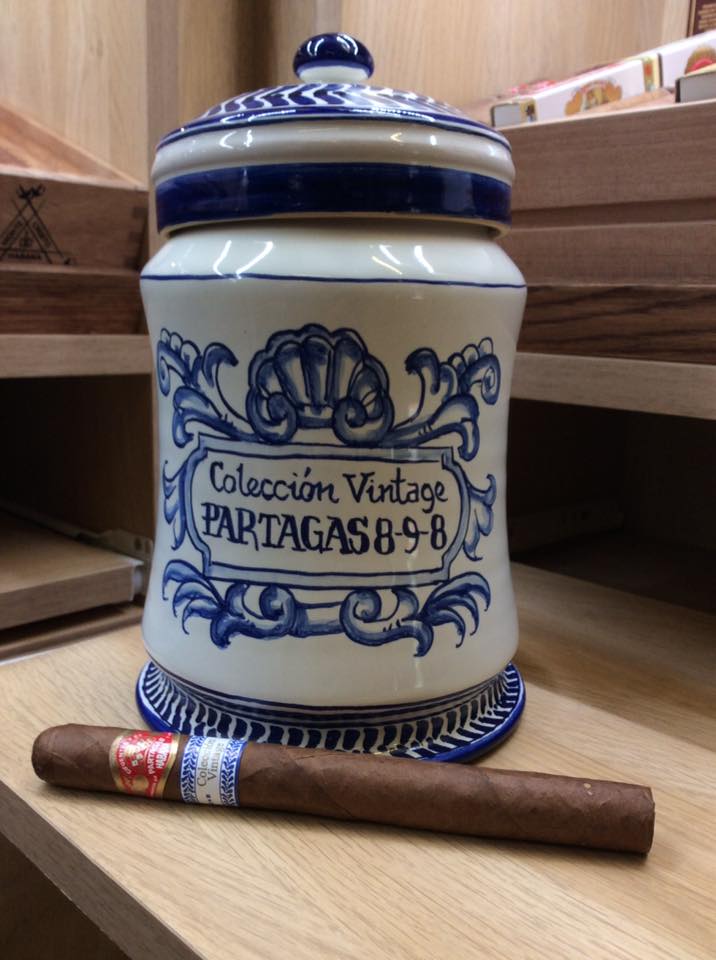 I
I
INSTITUTO DE INVESTIGACIONES DEL TOBACO: The Tobacco Research Institute, which controls the seeds used by the farmers and conducts research to improve seed strains by using natural methods of crossing and selection. Part of the Regulatory Council for D.O.P. Habanos.
Jar: Ceramic (see photo) or glass, these are decorative vessels that often double as humidors and usually hold 25 cigars. Often, jars are released as limited-edition promotions of certain brands. Amatista jars are heavy glass jar containing 25 or 50 cigars. This method of packaging is seldom seen today, but was very popular in the 1950s and 1960s. H. Upmann cigars from Cuba originated the practice in the early 1900s. The jars were lined with Spanish cedar and sealed tight, and promoted as being "factory fresh."
LA CASA DEL HABANO: La Casa del Habano is the name of a network of retail cigar stores franchised by Habanos s.a. There are over 140 La Casa Del Habano stores throughout the world on five continents. A full list can be found on the franchise's global website at www.lacasadelhabano.com
LECTOR: Reader who entertains the Torcedores while they work.
LIGADOR: The Master Blender in a Habanos factory.
LIGERO: One of the tiempos or families of filler leaves. The word translates as 'light' although it is used to describe the leaves taken from the top of the plant that are rich in flavour and usually dark in colour. Fortaleza 3.
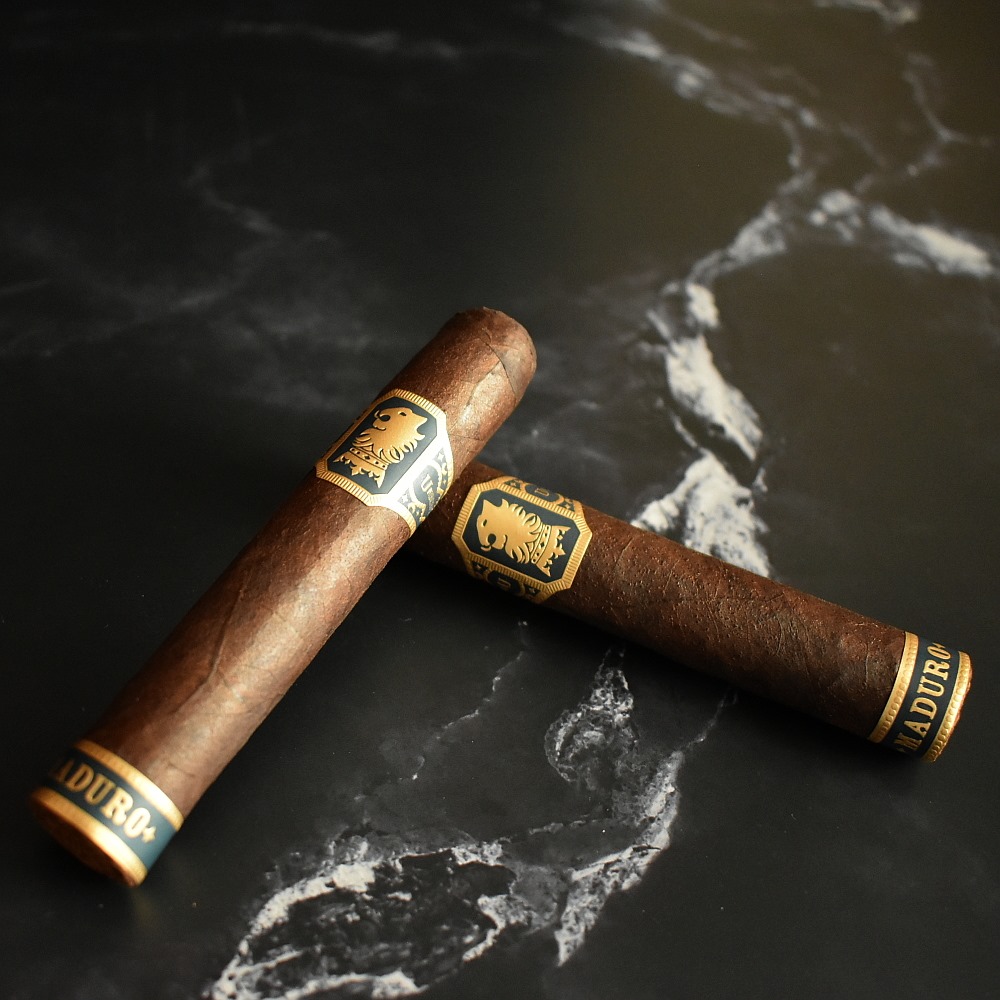 M
M
MADURO: Literally 'ripe'. The description of a very dark brown, almost black, wrapper on a finished cigar.
MANCUERNA: The method of harvesting tobacco leaves using a knife to cut the stems in sections with two leaves attached opposed to the leaf by leaf or ensarte method.
MECANIZADO: See "Tabaco Mecanizado".
MEDIA RUEDA: Literally "Half wheel", the description of 50 Habanos tied into a bundle.
MEDIO TIEMPO: One of the tiempos or families of filler leaves. This one describes the fullest flavoured leaves found only amongst the top two leaves on a sun-grown plant. Very rare. Fortaleza 4.
MINI RODERO: a.k.a. cajuela. The open-fronted, lidless box into which the torcedor places finished cigars so that they can be put in roderos and transported safely to quality control department and subsequent processes in the factory.
MOJA: The process of moistening tobacco leaves.
PACAS: Hessian bales in which binder and filler leaves are aged.
PANETELA: A long thin Cigar shape. Extra long Panetelas are known as Gran Panatelas. Most of them have pigtail caps.
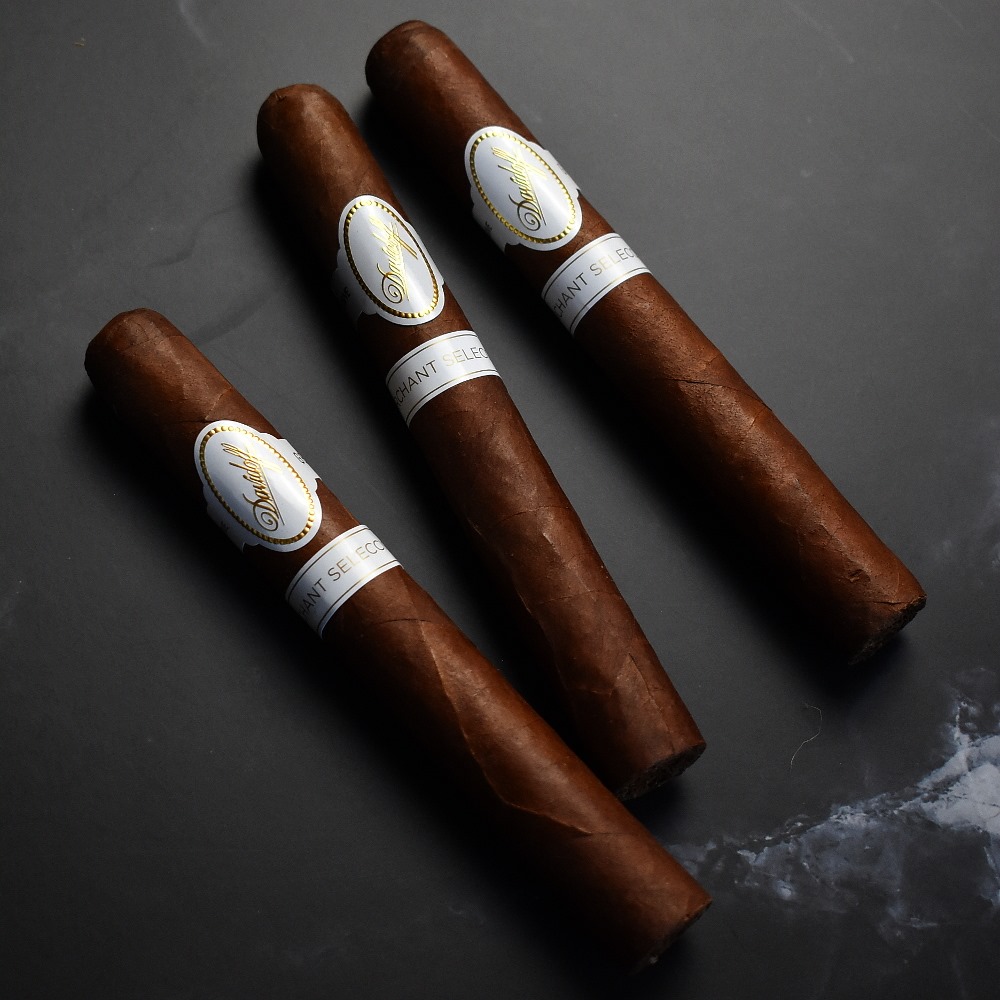 PAREJO: A cigar with straight, parallel sides.
PAREJO: A cigar with straight, parallel sides.
PERILLA: The head of the cigar.
PINAR DEL RÍO: The name of the region that embraces all of the important growing zones in the west of Cuba, and the name of the provincal capital. A protected Denomination of Origin.
REMEDIOS: Cuba's oldest tobacco producing region and a protected Denomination of Origin. It is the source of the leaf for one particular Habano brand: José L Piedra.
RESERVA: Special productions of Habanos that are released from time to time in small quantities. The term applies only to Habanos whose fillers, binders and wrappers have all been aged for at least 3 years before being rolled at the factory. They are identified by a second band on the cigars in black and silver colours.
REZAGADO: Grading and final classification of the wrapper.
RODERO: Big wooden receptacle which contains the mini-roderos or cajuelas full of freshly made cigars for transportation inside the factory to quality control and subsequent processes.
SAN JUAN Y MARTÍNEZ: A famous small town in Vuelta Abajo which gives its name to a district that is protected as a Denomination of Origin. It has particular reputation for the cultivation of fillers and binders.
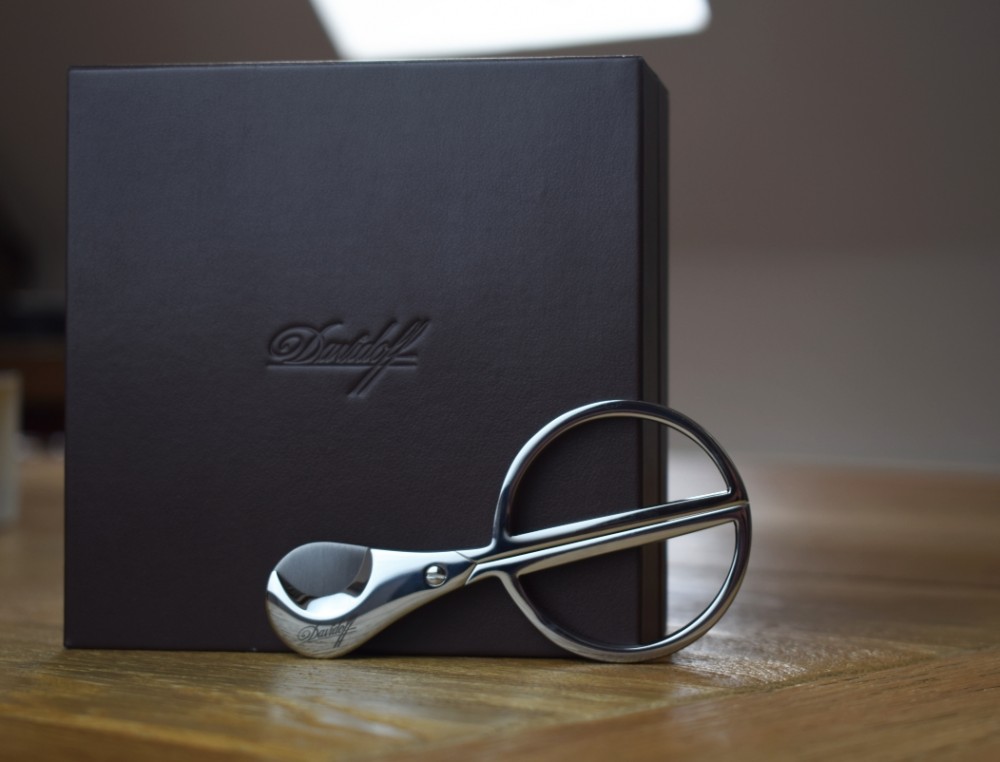 SAN LUIS: The other small town at the epicentre of Cuban tobacco culture, known above all for the cultivation of wrapper leaves. As a district located in the Vuelta Abajo zone, its name is protected as a Denomination of Origin.
SAN LUIS: The other small town at the epicentre of Cuban tobacco culture, known above all for the cultivation of wrapper leaves. As a district located in the Vuelta Abajo zone, its name is protected as a Denomination of Origin.
SCISSORS: An elegant tool for cutting cigars (see photo). A pair of fine cigar scissors lacks portability, and can be hard to master at first, but when used properly it delivers a precision cut with style. They are typically made of stainless steel, with long arms ending in small, curved blades with blunt ends. These are quite specific tools: a normal pair of scissors is not an acceptable substitute and can destroy your cigar.
SECO: One of the tiempos or families of filler leaves. This one describes the leaves of medium flavour taken from the middle of the plant, which contribute much to the Habano's aroma. Fortaleza 2.
SEMI VUELTA: The tobacco zone situated in the Pinar del Río region that is not in Vuelta Abajo. Known mainly for its cultivation of binder and filler leaves for the short filler Habanos and its production of seeds for all types of Habanos.
SUN-GROWN TOBACCO: See Tobaco de sol.
TABACO: Spanish for tabacco, but in Cuba it also means a cigar.
TABACO DE SOL: Sun-Grown tobacco. The term is used to describe the method of growing tobacco in the open air for fillers and binders.
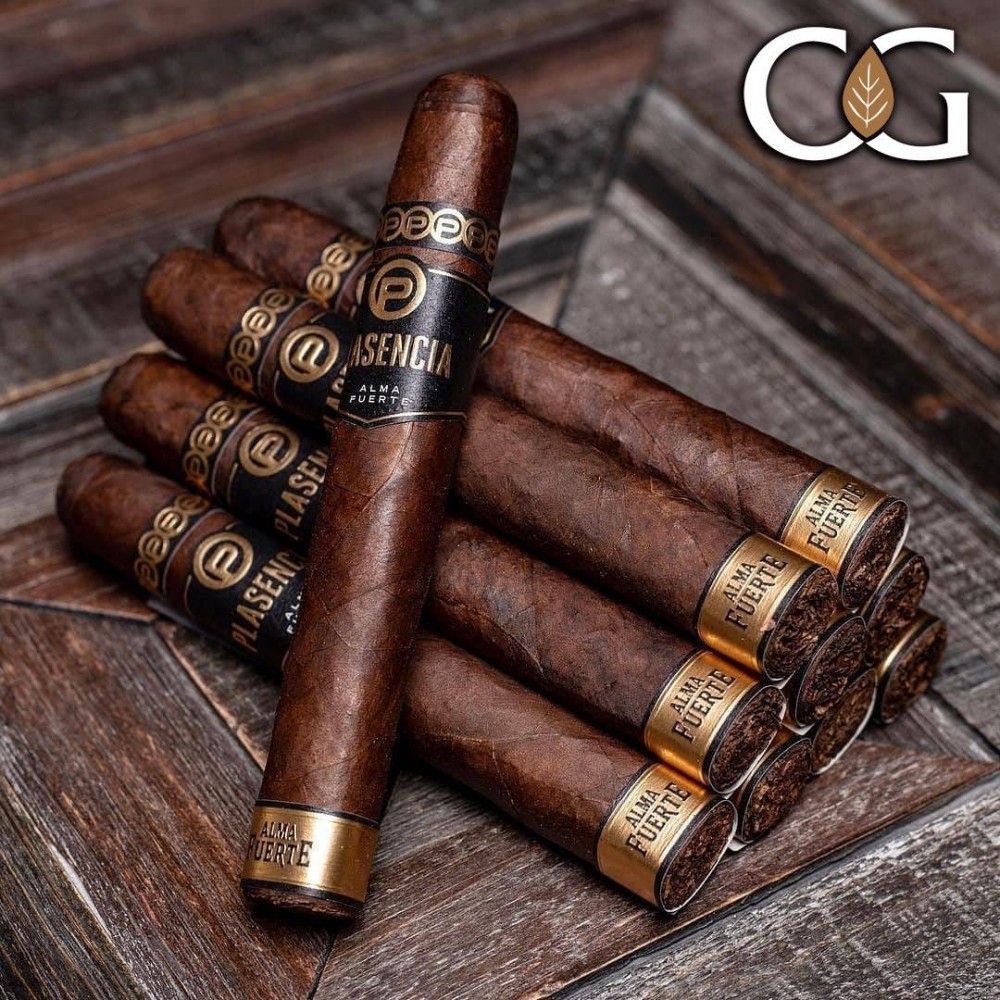 TABACO MECANIZADO: Machine made cigars. These are not Habanos.
TABACO MECANIZADO: Machine made cigars. These are not Habanos.
TABACO NEGRO CUBANO: Cuban Black Tobacco. The indigenous tobacco plant discovered on the island by Christopher Columbus.
TABACUBA: The Cuban corporation that manages the agricultural and manafacturing functions of the Cuban tobacco industry.
TABLA: The wooden board on which torcedores make cigars.
TAPADO: Literally 'covered'. The term is used to describe the method of growing tobacco for wrappers in the shade under muslin cloth.
TERCIO: A bale made from yagua (see separate entry) in which wrapper leaves are aged.
TIEMPOS: The same as Fortalezas. Different grades of filler leaves needed for various purposes required in blending the Habano.
TORCEDOR(A): Cigar roller. The word translates as 'twister', but that is the last thing a cigar roller should do when making a cigar.
TOTALMENTE A MANO: Totally by hand. A description created in Havana to differentiate between Cuban methods of making cigars by hand from the semi-mechanised methods used elsewhere that can legally be described as 'Hecho a Mano' or 'Hand Made'.
 TRIPA: Filler, the blend of two, three or four different types of tobacco leaves that form the heart of a Habano and dictate its flavour.
TRIPA: Filler, the blend of two, three or four different types of tobacco leaves that form the heart of a Habano and dictate its flavour.
TRIPA CORTA: Short filler. Filler that is made from pieces of chopped up tobacco leaves sometimes known as picadura.
TRIPA LARGA: Long filler. Filler that is made from full-length tobacco leaves.
V CUTTER: A v cutter has a v-shaped blade that gauges an opening in the head of a cigar. These cigar cutters were far more popular in the early 1900s, and many antique models are designed for the smaller cigars of that era.
VEGAS DE PRIMERA: Indivivdual first class fields on plantations in registered Cuban tobacco regions that are approved by the Tobacco Research Institute and the Regulatory Council to grow leaf for Habanos.
VEGUERO: Cuban tobacco farmer.
VITOLA: A word with many meanings. In cuba it refers to the size and shape of a cigar (vitola de galera factory name, vitola de salida market name) and also to a particular size of cigar in an individual packing. In Spain it means a cigar band or ring (vitofilia cigar band collecting) To some it has an almost spiritual meaning encapsulating every aspect of their cigar of choice.
VOLADO: One of the tiempos or families of filler leaves. This one describes the light flavoured leaves taken from the bottom of the plant, which help the cigar to burn. Fortaleza 1.
 VUELTA ABAJO: The finest tobacco-growing land in the world, Vuelta Abajo is the main source of tobacco for Habanos, and the only zone that grows all types of leaf: wrappers, fillers and binders. A Protected Denomination of Origin.
VUELTA ABAJO: The finest tobacco-growing land in the world, Vuelta Abajo is the main source of tobacco for Habanos, and the only zone that grows all types of leaf: wrappers, fillers and binders. A Protected Denomination of Origin.
VUELTA ARRIBA: A tobacco region in the eastern part of Cuba including Bariay where Columbus landed in 1492 and discovered Cuban tobacco. Consequently it is protected as a Denomination of Origin. Tobacco is still grown here, but not for Habanos.
YAGUA: The loose part of the bark of the royal palm, Cuba's national tree, which is used to make bales (tercios) in which wrapper leaves are aged.
ZAFADO: The gentle loosening of tobacco leaves after they have been unpacked in gavillas from bales.